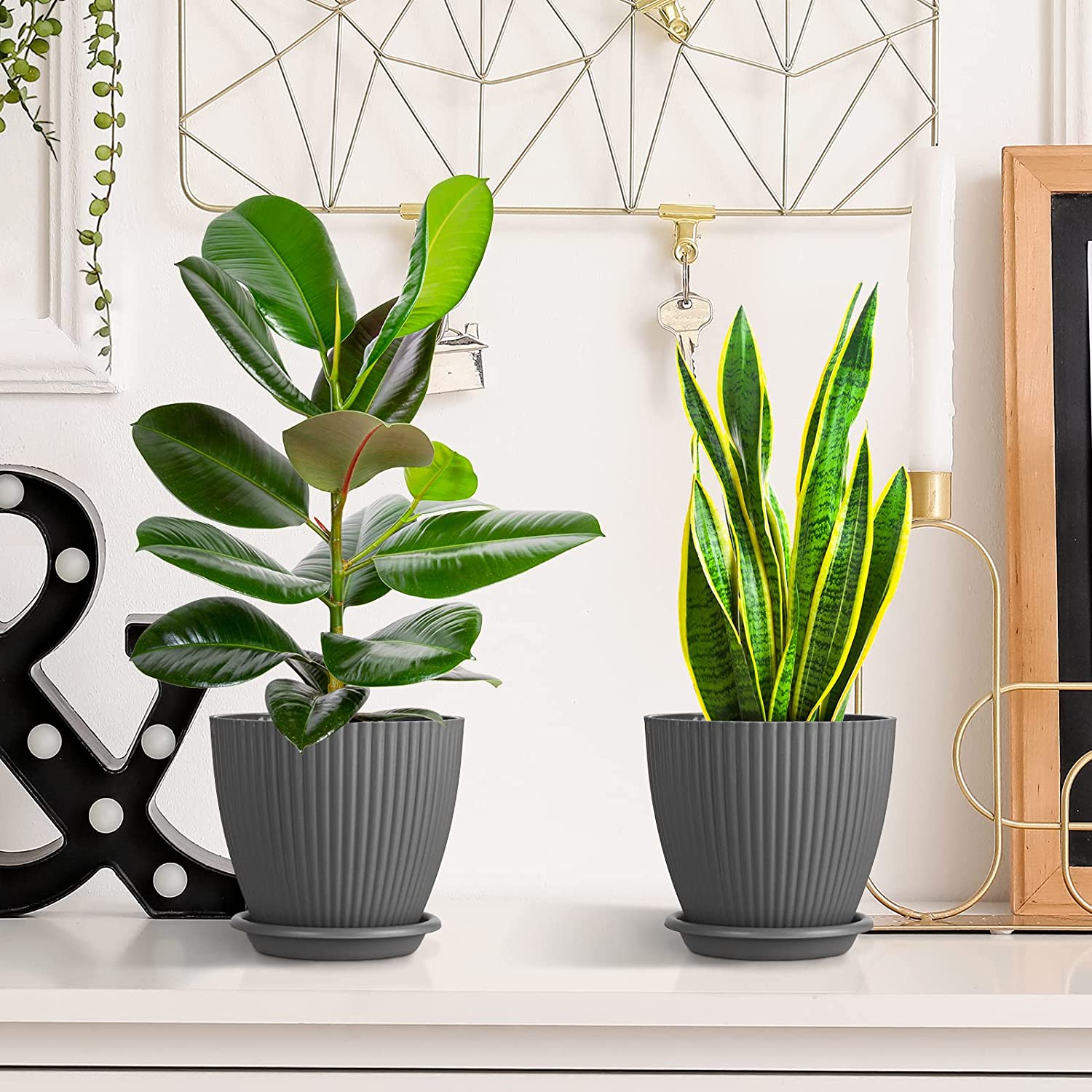Plastic plant pots, a staple in container gardening, offer a myriad of benefits that cater to both novices and seasoned horticulturists. With an array of sizes, shapes, and designs available, these pots prove versatile for an assortment of plants and gardening approaches.
Foremost among the advantages of plastic plant pots is their durability. Unlike traditional clay pots, plastic ones boast resistance against breakage and chipping, a quality particularly advantageous for outdoor setups exposed to the elements. Furthermore, their moisture retention capabilities surpass those of other materials, thereby diminishing the necessity for frequent watering and fostering a more stable ecosystem for plants.
When perusing plastic plant pots, it’s imperative to factor in the size of the plant and its root structure. Larger plants endowed with extensive roots necessitate deeper containers, whereas smaller counterparts thrive in shallower vessels. Moreover, it’s advisable to opt for pots equipped with drainage holes to avert waterlogging, as excessive moisture can precipitate root decay.
Bear in mind that despite their resilience, plastic pots may degrade over prolonged exposure to direct sunlight. To prolong their lifespan, contemplate selecting pots fortified with UV-resistant coatings or providing shading during peak daylight hours.
In summation, plastic plant pots constitute a valuable asset in the gardener’s toolkit. Their durability, moisture retention prowess, and diverse designs render them a pragmatic choice for container gardening. By meticulously selecting appropriate sizes and designs, coupled with proper maintenance, you can orchestrate an optimal milieu for your plants to flourish.







